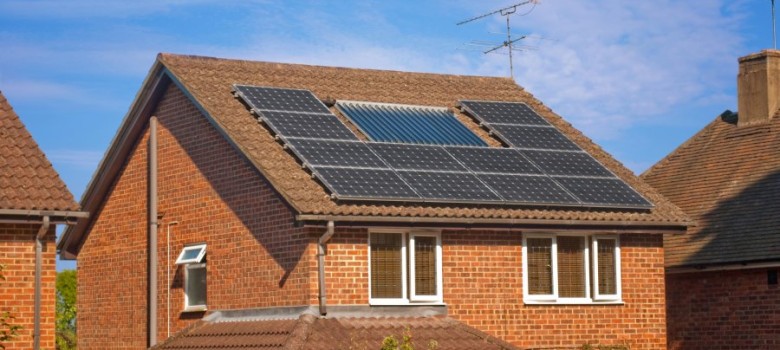
UPDATE: The Feed-In Tariff is now closed for new applications. To find out about the new scheme designed to replace it, click here.
In this blog, we take a look at some of the key considerations you should be aware of before installing a Solar PV system.
1. Is your roof strong enough?
Some buildings, especially older ones, may not have the roof strength to support solar panels. Post 1970 structures usually have ‘W’ frame trussed roofs. These will readily support solar panels, which generally weight about 20kg each. Older structures may require inter-truss strengtheners, although this is not a particularly costly procedure. All roofs should be checked however, as any roof can have woodworm or termites that would severely weaken the roof. Many solar companies offer free surveys, where they will assess your roof for suitability.
2. Do you require planning permission?
You don’t normally need planning permission to install solar panels, but it is always worth checking with the local planning officer just in case. If you have a listed building or are in a conservation area, restrictions may apply, so once again, speak to your local planning officer.
3. Do you need to replace your tiles?
If you need to replace tiles on your roof having installed the solar panels already, it is going to be a costly procedure, since you are going to have to temporarily remove the panels. Therefore it is worth getting them inspected prior to installing the panels in the first place so this issue won’t impact you.
4. How much electricity do you want to produce?
One solar panel typically produces 250W of power – so we recommend going for at least 10 panels, which will give you a 2.5kW system. You can go smaller but this will obviously limit the amount of electricity you produce and the resulting money you receive from the feed-in tariff.
It is also unlikely you are going to be able to install a solar system that will cover all your electricity needs since you will need to install batteries to be able to use the electricity at night. This vastly increases the cost of your solar system; therefore not many people opt for living ‘off-grid’.
A normal house typically uses about 4,800kWh of electricity over the course of a year and a 3.5kW system (14 panels) will typically produce about 2,900 kWh of electricity. So you are still going to have to buy a bit from the grid – the limiting factor for the number of panels will tend to either be the size of your roof or the amount you are will to pay – but on the whole bigger is better!
5. How much do you want to spend on your solar PV system?
I guess this follows on a little bit from point 4, but on the whole this is going to be the deciding factor. You can want the biggest solar PV system in the world, but if you only have a few quid to your name, it makes paying for it rather difficult.
Obviously this varies with the size of the system you get installed, but as a very rough guide the installation prices are as follows
| Size of System (kW) | No. of Panels (1.65m x 1.0m) | Total Cost |
| 2.0 | 8 | £4,000 |
| 2.5 | 10 | £4,500 |
| 3.0 | 12 | £5,000 |
| 3.5 | 14 | £5,800 |
| 4.0 | 16 | £6,500 |
 6. Are you trying to protect yourselves during electrical grid blackouts?
6. Are you trying to protect yourselves during electrical grid blackouts?
Fortunately in the UK, we experience few blackouts, but unfortunately for those with solar panels, when they do happen, you are unlikely to be able to use them to power your home. This is because most solar systems are connected to the grid using a grid tied inverter, and if the grid is shut down during a blackout to allow necessary repairs to take place, they don’t want any electricity to feed into the grid. So whilst they might be a great investment, they won’t save you in a blackout.
If you do want to protect yourself from blackouts you are really going to need to invest in battery backup – this is very costly, but it can be done!
7. Will your panels be shaded?
Shading can really impact the amount of electricity produced from a solar array. If the solar panels are all on the same string, and one of the panels is shaded, all the panels will have the electricity production limited to the one shaded panel.
Shading may only occur for 1 hour a day when a chimney casts a shadow, but if this is at 2pm then it is significantly going to reduce the return from your solar panels. Therefore you need to have correctly positioned them (taking on board advice from the installers) and potentially you might wish to put panels on different strings to ensure that you maximise the electricity produced from panels if you know shading is going to be an issue.
Finally and this is something that lots of people fail to take into account. Trees! Trees grow and they grow tall. Your solar panels will have an estimated useful life of 20 years + so think about how the growth of trees over time might cause shading. We come across so many households that have failed to take this into account and are wondering why they are suddenly not producing the same levels of electricity as two or three years ago.
Think we missed something? Do you have a different opinion?
Comment below to get your voice heard…



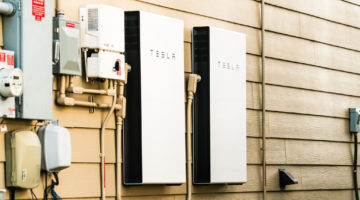
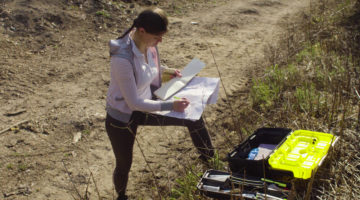
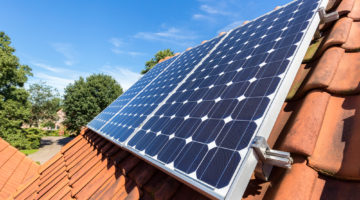
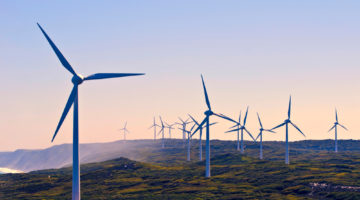





I read that whilst Germany produces 5% of its nations energy from solar, France only manages 0.8%. Are these figures accurate and what is the UKs energy production from solar panels? Many thanks.
According to the EPIA, France produced an estimated 4,600 GWh of electricity from solar in 2013 which was about 1% of their total energy usage. Germany produced 31,400 GWh of electricity from solar – which is just over 5% of their total 607,000 GWh yearly demand.
In terms of the UK, in January 2014, the Government announced over 500,000 homes have now had solar panels installed on their homes – this is some going! However, the last electricity consumption figure we have for the UK was was 274,800 GWh (2012) and in 2013 solar provided about 2,015 GWh of electricity, so the amount it contributes is actually less than 1%.
I installed 10 solar panels at my new home in 2012; the tariff was 21p and the term of contact 25 years. I am now wanting to sell that property.I have a number of questions.
1. can i sell the property but retain ownership of the panels?
2. Could the panels be physically removed and installed on my new home and could i then continue to receive payments, or are the panels “linked” to where they were originally installed?